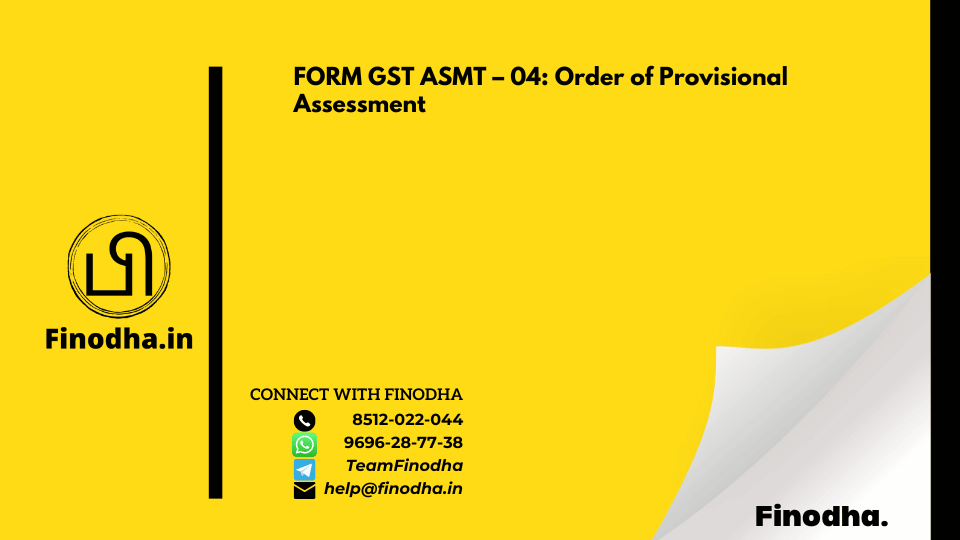Important Keyword: Financial Statements, Income Tax, P&L Statements.
Table of Contents
Details to be considered while Preparing Projected Financial Statements
Projected financial statements are essential tools for analyzing a business’s financial performance, especially in the context of seeking loans from banks or non-banking financial companies (NBFCs). These statements provide insights into a company’s creditworthiness, future performance, and growth prospects, aiding lenders in making informed decisions.
The term “projected” in this context differs from “provisional” or “estimated.” While provisional or estimated financial statements are based on current data and are subject to change, projected financial statements involve forecasting future financial performance based on various assumptions and scenarios.
These statements typically include projected income statements, balance sheets, and cash flow statements, outlining expected revenues, expenses, assets, liabilities, and cash flows over a specific period, often spanning multiple years. Businesses use various forecasting techniques and historical data to develop these projections, considering factors such as market trends, industry conditions, internal capabilities, and strategic plans.
Line Items to be considered while preparing projected Profit & Loss Accounts and Balance Sheet
Projected P&L Statement
In a Projected Profit & Loss (P&L) statement, several key accounts are essential for calculating the net profit. These accounts provide insights into the financial performance of the business over a specific period. Here’s a breakdown of the main accounts typically included in a projected P&L statement:
- Sales Revenue: This account represents the total revenue generated from the sale of goods or services during the specified period.
- Cost of Goods Sold (COGS): COGS includes all the direct costs associated with producing the goods or services sold, such as raw materials, labor, and manufacturing overhead.
- Gross Profit: Gross profit is calculated by subtracting the COGS from the total sales revenue. It reflects the profitability of the business’s core operations before accounting for other expenses.
- Sales, General, and Administrative (SG&A) Expenses: SG&A expenses encompass various operating expenses incurred by the business, including salaries, rent, utilities, marketing, and administrative costs.
- Depreciation: Depreciation accounts for the gradual decrease in the value of the business’s fixed assets over time. It is a non-cash expense that reflects the wear and tear or obsolescence of assets.
- Interest Cost: Interest cost represents the interest expense incurred by the business on its outstanding debts, such as loans or bonds.
- Tax Expenses: Tax expenses include the income taxes payable by the business to the relevant tax authorities based on its taxable income.
Projected Balance Sheet
In financial statements, particularly in a balance sheet, various accounts represent different aspects of a company’s financial position. Here’s an overview of the main accounts typically found in a balance sheet:
Assets:
- Accounts Receivable: This account represents amounts owed to the company by customers or clients for goods sold or services rendered on credit.
- Inventory: Inventory includes the goods and materials held by the company for sale or used in the production process.
- Property, Plant & Equipment (PPE): PPE accounts for tangible assets such as land, buildings, machinery, and equipment used in the operations of the business.
- Other Current Assets: This category may include various short-term assets not classified elsewhere, such as prepaid expenses, short-term investments, or cash equivalents.
- Long-Term Assets: Long-term assets consist of investments, deposits, or other assets held by the company for an extended period, typically beyond one year.
Liabilities:
- Trade Payables: Trade payables represent amounts owed by the company to suppliers or vendors for goods or services received on credit.
- Other Current Liabilities: Similar to other current assets, this category comprises short-term obligations that do not fit into other liability classifications, such as accrued expenses or short-term loans.
- Long-Term Debt: Long-term debt includes loans, bonds, or other financial obligations due for repayment beyond one year.
Equity:
- Share Capital: Share capital represents the funds raised by the company through the issuance of shares to shareholders.
- Retained Earnings: Retained earnings reflect the cumulative profits earned by the company that have not been distributed to shareholders as dividends but retained for reinvestment in the business.
These accounts provide a comprehensive overview of a company’s financial position, detailing its assets, liabilities, and equity at a specific point in time.
Difference between Projected, Estimated & Provision Financial Statement
Projected Financial Statements
Projected financial statements are forecasts prepared for a period that has not yet begun. They provide estimates of future financial performance and position based on various assumptions and expectations.
Estimated Financial Statements
Estimated financial statements, on the other hand, are prepared for a period that has already begun but not yet completed. These statements project the financial position and performance for the remainder of the period based on current trends and conditions.
For example, if a company needs to apply for a credit limit extension or seek new loans from a bank during the current financial year, but the year has not yet ended, it may provide estimated financial statements to the bank based on projections from past performance.
Provisional Financial Statements
Provisional financial statements, on the other hand, are interim statements prepared on the basis of actual or past data for a period that has already ended but has not yet been finalized. These statements are often used when immediate financial information is required, such as when banks or financial institutions demand balance sheets before the official audit or finalization process is complete.
For instance, if a company needs to provide financial statements for the fiscal year 2020-21 as of March 31, 2021, but the final figures are not yet available, it may issue a provisional balance sheet to meet the immediate demand while awaiting finalization.
Read More: Section 206AB and 206CCA of Income Tax Act
Web Stories: Section 206AB and 206CCA of Income Tax Act
Official Income Tax Return filing website: https://incometaxindia.gov.in/





0 Comments